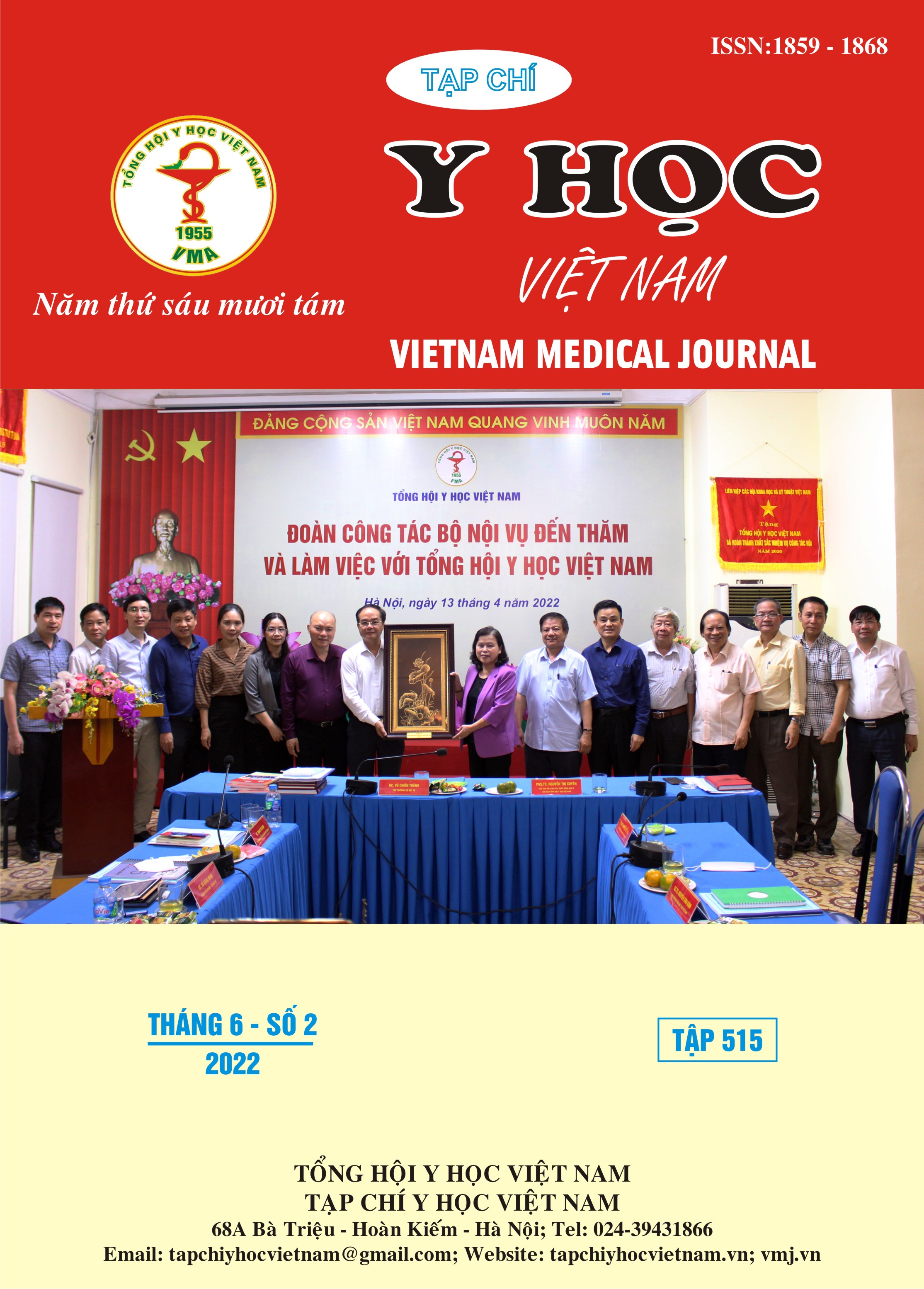THE PREVALANCE OF UNKNOWN DEATHS IN THE EMERGENCY DEPARTMENT AT NHAT DAN GIA DINH HOSPTIAL
Main Article Content
Abstract
Background – Objectives: Patient death was determined by biological death: respiratory arrest, cardiac arrest; Electrocardiogram and EEG results shown in isoelectric lines have been examined and concluded by at least two doctors. But in practice, it is very difficult to determine the cause of death of the patient, especially in the Emergency Department when doctors only have short contact with the patient; sometimes the implementation of clinical and diagnostic support techniques has not been implemented or the implementation is limited, the patient has died. Therefore, this study was conducted to help determine the mortality rate of unknown causes that admitted to the Emergency Department so that there are solutions to solve this problem. Method: A cross-sectional study was conducted with the collection of 418 medical records of patients who died in 2019 and 2020 at the Emergency Department of Nhan dan Gia Dinh Hospital. Data were described by frequency, percentage; Mean, standard deviation or median, median, quartile for innormal distribution variables, p < 0.05 was considered to be statistically significant. Results. The mean age of patients was 58.8 ± 21.3 in which the male:female ratio was 2:1. The rate of patients who died of unknown cause accounted for 13%, the group with suspected diagnosis (40.6%) and the group with confirmed diagnosis (46.4%). The determination of the cause of death is related to the age of the patient, the person who brought the patient to the hospital, the place where the patient was found, and the patient's medical history. Conclusion: Determining the cause of death remains difficult in the Emergency Department. Exploiting the content where the patient was found to be dead and the patient's family history contributes to determining the cause of death.
Article Details
Keywords
emergency department, unknown death, cause of death
References
2. Đặng Trúc Lan Trinh, Trần Thị Uyên Linh, et al (2009). Nhận xét đặc điểm các trường hợp ngưng tim ngoài bệnh viện, hồi sức không thành công tại khoa Cấp cứu bệnh viện Nhân dân Gia Định từ tháng 02/2008 - 12/2008. Tạp chí Y học thành phố Hồ Chí Minh. 13(6):311-8.
3. Mai Xuân Hiên, Bùi Văn Mạnh, et al (2018). Đánh giá tình hình tử vong trước viện trong 5 năm (từ năm 2013 đến năm 2017) tại bệnh viện Quân Y 103. Tạp chí Dược học Quân sự. 9(4):64-8.
4. Alexander K Rowe (2006). Analysis of deaths with an unknown cause in epidemiologic analyses of mortality burden. Trop Med Int Health. 11(4): 540-50.
5. Burkholder TW, Hill K, et al (2019). Developing emergency care systems: a human rights-based approach. Bull World Health Organ. 97(9):612-9.
6. Friberg N, Ljungberg O, et al (2019). Cause of death and significant disease found at autopsy. Virchows Archiv. 475(6):781-8.
7. Gurger M, Turkoglu A, et al (2014). Sudden Suspected Death in Emergency Department: Autopsy Results. Turkish Journal of Emergency Medicine. 14(3):115-20.
8. Shoenberger JM, Yeghiazarian S, et al (2013). Death notification in the emergency department: survivors and physicians. West J Emerg Med. 14(2):181-5.


